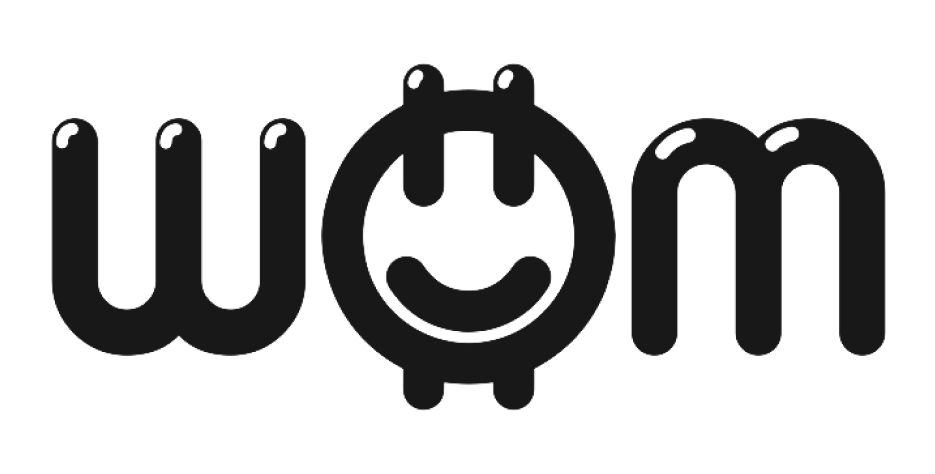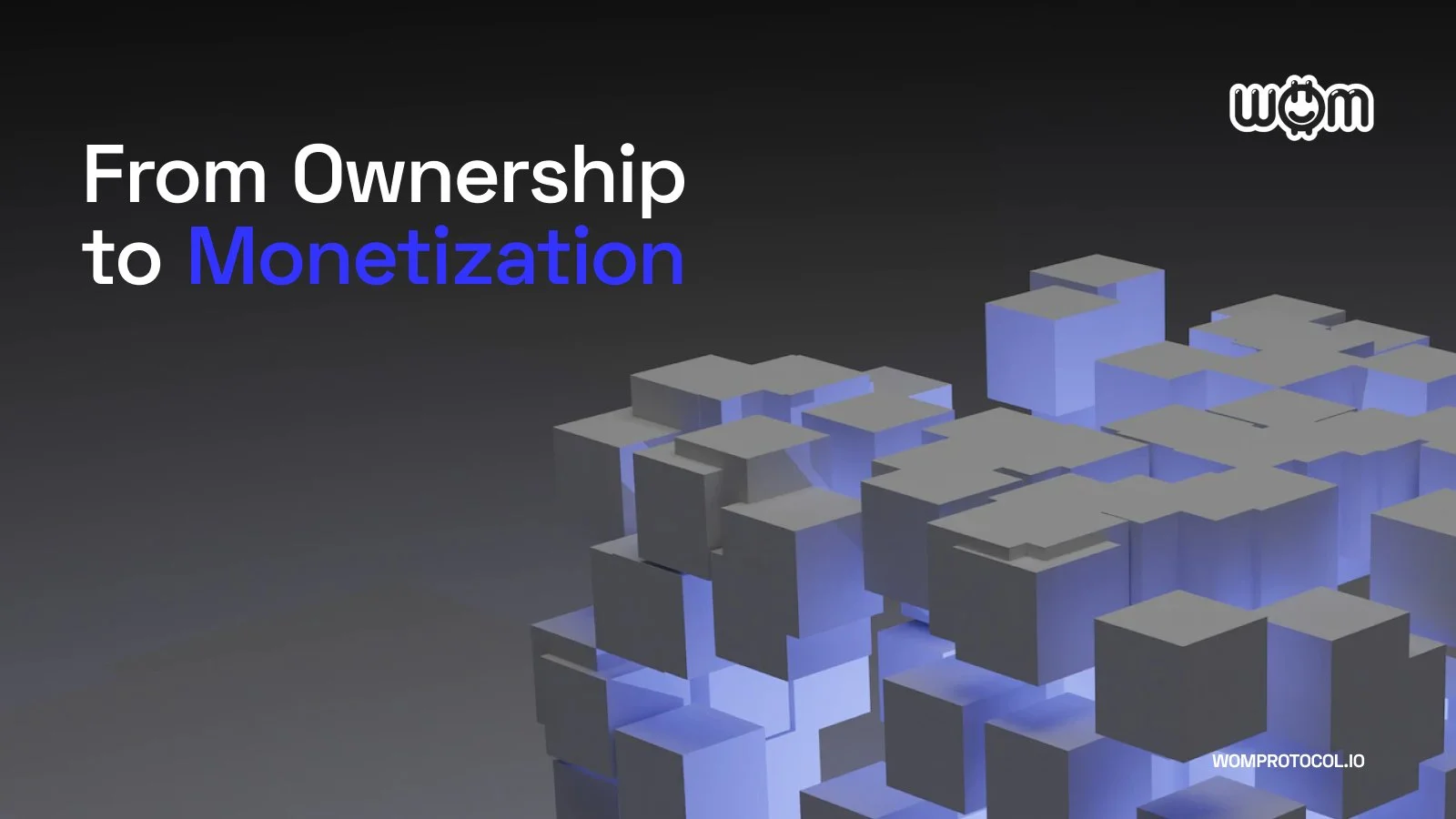From Ownership to Monetization: How To Turn Web2 Ad Industry Fails Into Web3 Social Success
The world of Web3 social is a fresh start for brands and content creators who are ready to press reset on the shortfalls of Web2. Arguably one of the greatest Web3 reset opportunities is the Web2 ad industry. Global digital advertising spending is projected to reach $626.86 billion by 2023, up from $522.50 billion in 2021 (eMarketer). This means that most of the revenue generated by Web2 platforms is derived from ads, and that's why it's a huge opportunity to cover in Web3 social.
The problem with Web2 advertising is that it is a bit like the awkward party guest that wasn’t really invited. It’s the guest that corners people into conversations and never stops talking. Consumers are bombarded with ads everywhere they go online, and this has been even more exacerbated by the rise in screen time caused by the COVID19 pandemic (The Lancet). Some 40% of US Internet users now use ad blockers and of those 81% report using these to avoid interruptive or annoying ads (Blockthrough, 2021). So, much like the awkward party guests that most of us would rather avoid, people are finding ways to swerve ads. This leads to a misalignment of interests between content creators, brands, advertisers, and platforms. Creators often earn very little from the ads that are displayed alongside their content, while brands pay too much for ads that aren't effective, and consumers are left with a poor user experience.
In contrast, Web3 social is a new paradigm in the world of social media, characterized by decentralization, transparency, and user empowerment. Unlike traditional Web 2.0 social platforms, where the business model is built on monetizing user data through targeted advertising, Web3 social is built on principles of privacy and user sovereignty. The key idea behind Web3 social is to give users control over their own data and to enable them to monetize their content and social interactions without relying on centralized platforms.
However, looking at the ad industry of Web3, it might not be enough to build technologies that give creators "ownership" of their content. Instead, the focus should be on creating technologies that help creators monetize their content, creativity, community, followers, ambassadorship, and recommendations. Creators want to be able to earn money for the value they bring to brands and advertisers, and they want to do it in a way that is authentic, transparent, and aligned with their interests.
To achieve this, Web3 social platforms need to provide the infrastructure and tools for creators to monetize their content effectively. This means creating new models for value exchange, such as social tokens or other forms of decentralized finance, that enable creators to monetize their content directly from their audience. It also means creating protocols and technologies that help to align the interests of all stakeholders in the ecosystem, such as the WOM Protocol.
By developing a Web3 protocol infrastructure solution, WOM Protocol has tackled the misalignment of interests in traditional Web2 advertising. With the WOM Protocol, content creators can earn tokens for creating valuable content about brands, and brands can access this content to use it instead of ads. This delivers a more authentic and personalized native content to display on platforms, which in turn leads to a better user experience for consumers.
This creates a win-win situation for everyone in the ecosystem, where creators can earn a fair value for their content, brands can find authentic user-generated content, and platforms can deliver a better user experience.
Moreover, the use of blockchain technology in the WOM Protocol creates a transparent and secure ecosystem for everyone involved, which can facilitate all the micro-transactions of rewards globally. Content creators maintain control over their content and their earnings, while brands and advertisers have access to a pool of high-quality, authentic content that they can use to engage their audiences.
But the benefits of WOM Protocol don't end there. Because the protocol is based on blockchain technology, it's transparent and secure, and it enables content creators to maintain control over their content and their earnings. This creates a more equitable and fair ecosystem for everyone involved, and it enables brands and content creators to build stronger, more authentic relationships with their audiences.
In conclusion, Web3 social is about more than just ownership. It is about empowering creators to monetize their content effectively and creating a more equitable and transparent ecosystem for all stakeholders — it’s about creating a party where everyone is welcome because everyone has the incentive to be a great guest. The biggest opportunity in Web3 social is the ad industry, which has been the biggest money-making machine in Web2. Rather than simply giving creators ownership of their content, we need to create technologies that help them monetize their content in a way that is authentic, transparent, and aligned with their interests. With the WOM Protocol, we have a Web3 protocol infrastructure solution that aligns the interests of content creators, brands, advertisers, and platforms, and delivers a better user experience for everyone. By creating new models for value exchange and aligning the interests of all stakeholders, Web3 social has the potential to revolutionize the ad industry and create a more sustainable and equitable ecosystem for everyone.

